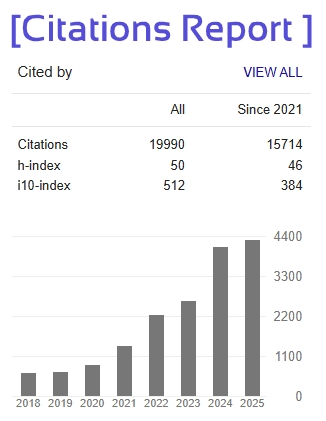Design & Analysis of Microstrip T Patch Antenna with Various Materials for Wireless Communication
Narmadha K
Department Of Elecetronics & Communication, Panimalar Institute Of Technology Chennai, India Narmadhakasinathan30@gmail.com
Kamaleeshwari P
Department Of Elecetronics & Communication, Panimalar Institute Of Technology Chennai, India Kamalipanner8@gmail.com
Haripriya R
Department Of Elecetronics & Communication, Panimalar Institute Of Technology Chennai, India priyaravi712004@gmail.com
Abstract— This study proposes, designs and analyzes of Microstrip T patch antennas using various materials for Wireless applications. The microstrip line feeding technique, known for providing better impedance matching and increased bandwidth compared to conventional feeding methods like coaxial feeding, is the main focus of the study on enhancing antenna performance. Using CST software, the designs are first modeled and simulated. This enables accurate antenna dimension optimization to reach the intended operating frequency. The antennas are then Designed on a FR4 substrate, Rogers 3003, PTFE and Rogers RT 5880. These substrates are chosen for their varying dielectric constants and loss tangents, which directly influence the antenna's resonant frequency, return loss, and VSWR. The slotted version operates at a slightly lower frequency of 2.139 GHz in FR-4, 2.534 GHz in Rogers 3003, 2.994 GHz in PTFE, 2.927 GHz in Rogers RT 5880, providing an improved return loss of -26.14 Db for FR-4, -18.235 Db for Rogers 3003, -17.43 Db for PTFE and -16.23 Db for Rogers RT 5880, a better VSWR of 1.10 (FR-4), 1.27 (Rogers 3003), 1.31 (PTFE) and 1.36 (Rogers RT 5880). a slightly enhanced bandwidth of 11.6 MHz, and a gain of 2.882 dBi. These results validate the T-patch antenna’s efficiency and reliability for use in modern wireless communication applications, particularly in WLAN systems, where stable performance, compact design, and strong signal integrity are crucial. The choice of substrate plays a significant role in tuning the antenna’s operational frequency and optimizing its return loss, thus offering flexibility in designing antennas for specific wireless bands. Ultimately, this analysis guides engineers in selecting and optimizing antenna designs for specific applications, ensuring reliable and high-performance communication.
Keywords:
Microstrip T patch antenna, Microstrip line feeding technique Antenna performance, Slots, Resonant frequency, Return loss, VSWR, Bandwidth, Gain, Impedance matching, Wireless applications







